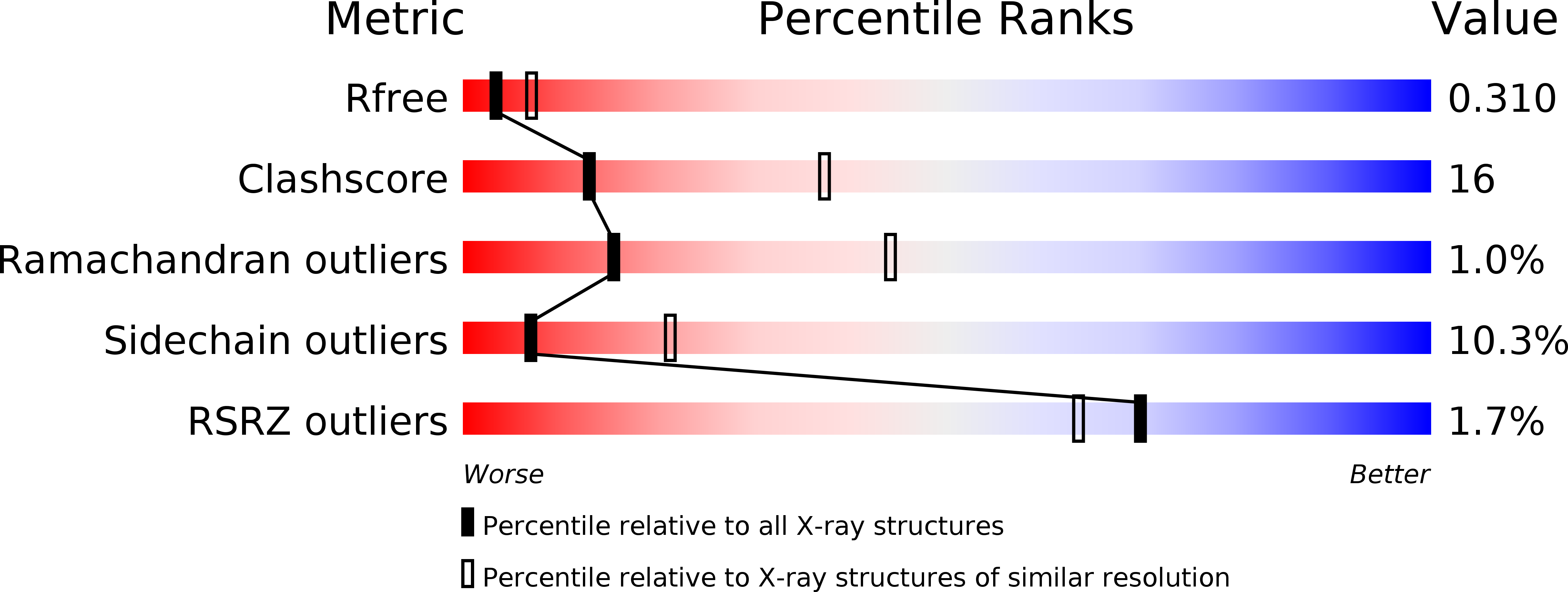
Deposition Date
2008-04-24
Release Date
2009-04-28
Last Version Date
2024-11-13
Entry Detail
PDB ID:
3CX9
Keywords:
Title:
Crystal Structure of Human serum albumin complexed with Myristic acid and lysophosphatidylethanolamine
Biological Source:
Source Organism:
Homo sapiens (Taxon ID: 9606)
Method Details:
Experimental Method:
Resolution:
2.80 Å
R-Value Free:
0.29
R-Value Work:
0.21
R-Value Observed:
0.22
Space Group:
C 1 2 1


